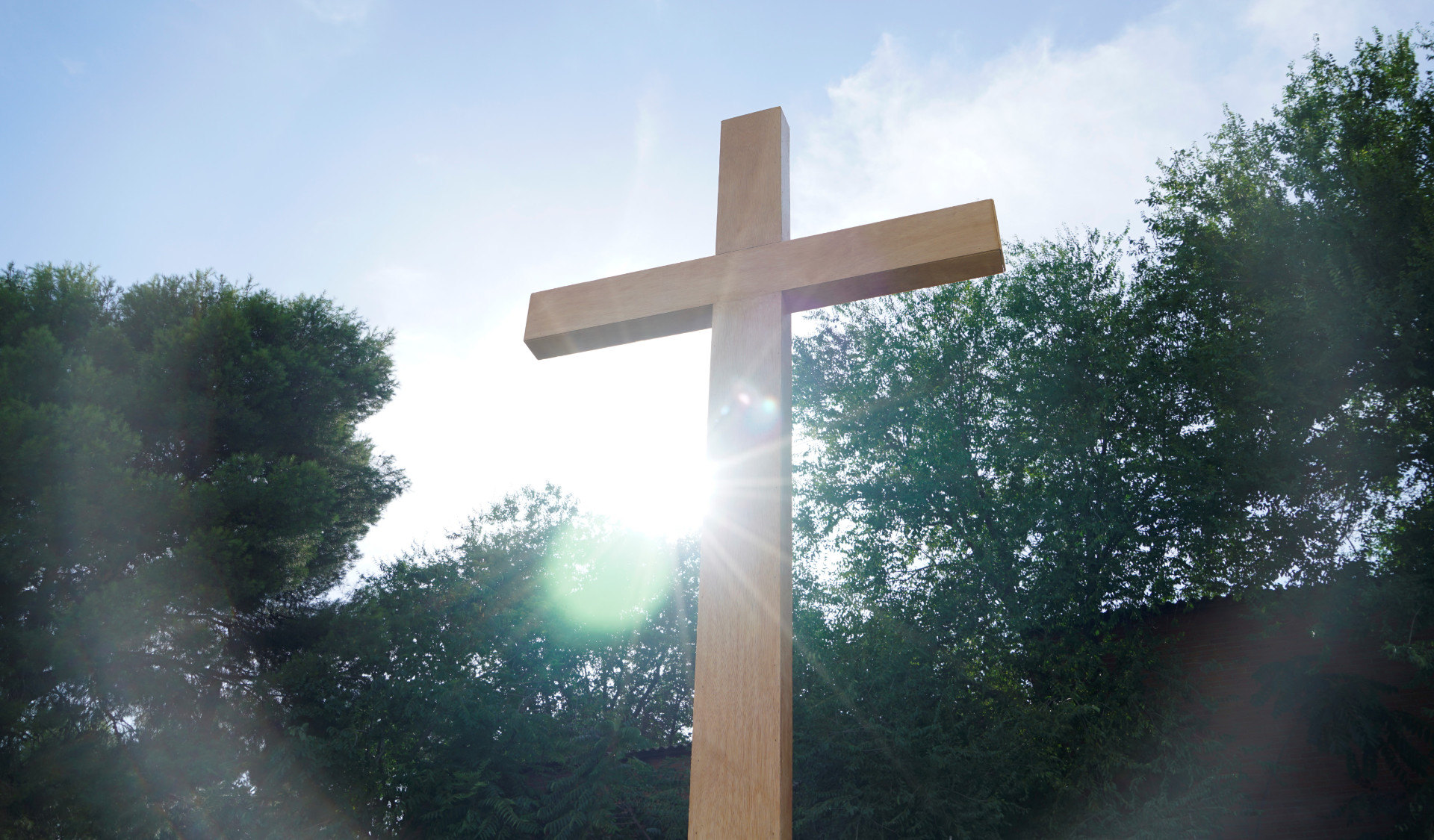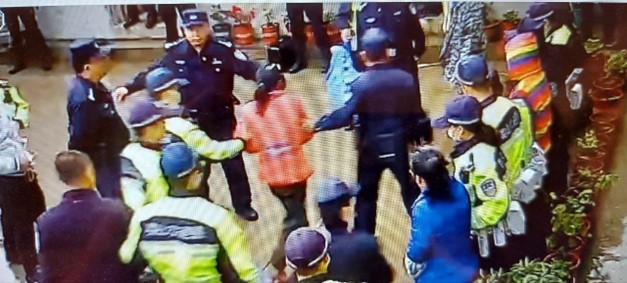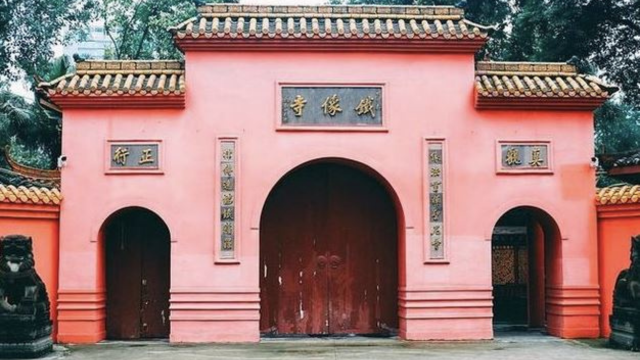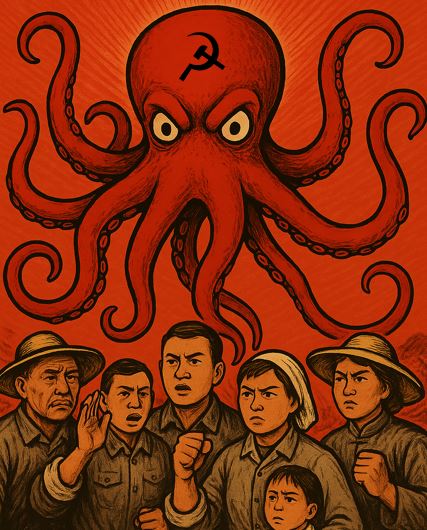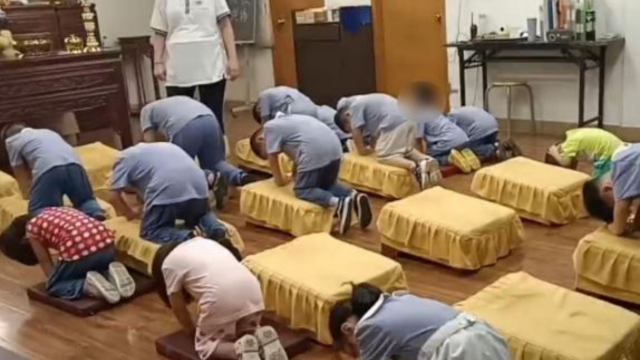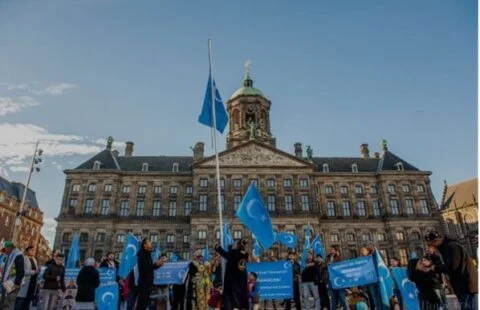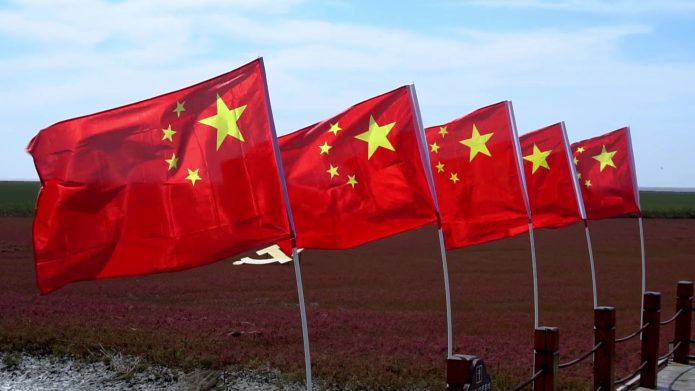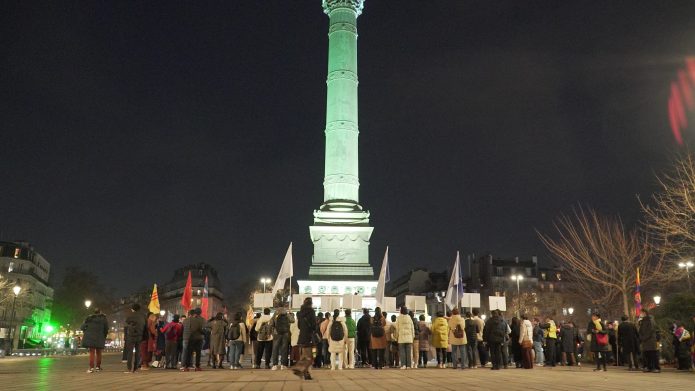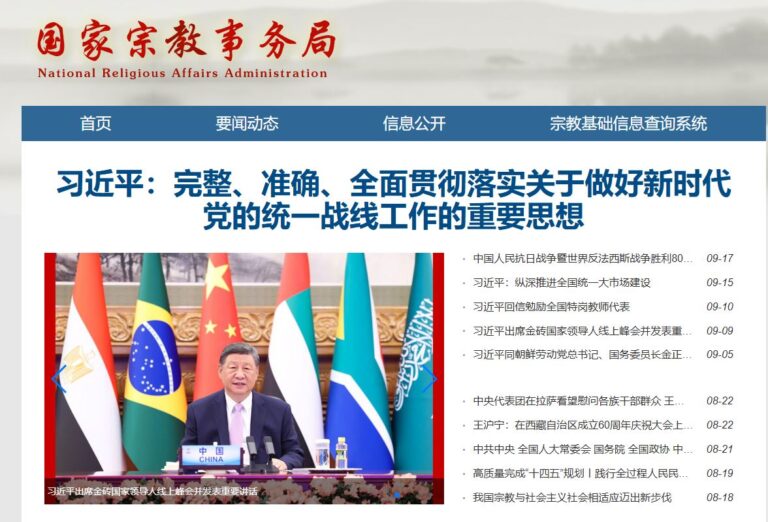For seven days, clergy was taken around Henan to pay homage to CCP heroes and learn that “Xi Jinping’s thought on culture is profound, logically rigorous, and of great significance.”
by Hu Zimo

The five authorized religions in China are taking very seriously the instructions of submitting their clergy to “patriotic education,” i.e., the national program of indoctrination introduced by a law that came into force on January 1, 2024. Special guidelines on how religions should implement it were issued on January 4.
It seems that a favorite way for the mandatory indoctrination of the clergy is to organize pilgrimages to the red shrines of the Civil War and of the history of the Communist Party. They are organized at times of traditional religious pilgrimages to effectively replace them. It is also believed that the clergy may like the opportunity to do some tourism and would more easily tolerate boring propaganda lectures if they are alternated with banquets and traveling.
As part of the program, a “red cultural tour” for clergy of all provinces and regions was held from October 21 to 27 in Henan Province. The event, organised by the United Front Work Department, saw the participation of 140 religious figures nationwide.
The clergy was submitted to lectures on the “Resolution of the CCP Central Committee on Further Deepening Reforms and Promoting Modernization with Chinese Characteristics,” endorsed at the Third Plenary Session of the 20th CCP Central Committee. The Resolution emphasizes “building a socialist cultural power,” noting this is also essential to complete the Sinicization of religion in China.
The seven-day indoctrination tour featured lectures, on-site teaching, and group discussions. The organizers arranged talks on “Understanding Xi Jinping’s thought on culture” and the “Dabie Mountain Spirit,” which refers to a strategically situated Red Army base during the Civil War.
This was one of the “red” pilgrimage sites the clergy was taken to visit, along with the Red Flag Canal, the Jiao Yulu Memorial Hall, and others. The Red Flag Canal was aimed at improving Henan’s irrigation but what the clergy was not told was that the “heroism” of those who built it in difficult conditions was not spontaneous. It was completed during the Cultural Revolution by workers who in many cases were forcibly taken there, and many died. The official figure of 81 casualties is probably under-estimated. The Jiao Yulu Memorial Hall celebrates one of the Mao-era Communist heroes whose exploits as told are largely apochryphal. Jiao was the Party chief of Lankao and died of cancer at age 42 in 1964. He is hailed for extraordinary successes in agriculture that are probably imaginary.
As reported on social media and in the official press release, the message hammered into the clergy was that, “Everyone believes that Xi Jinping’s thought on culture is profound, logically rigorous, and of great significance. We must not only persist in learning and understanding it, but also truly learn and apply it and put it into practice.”
Source: BITTER WINTER



